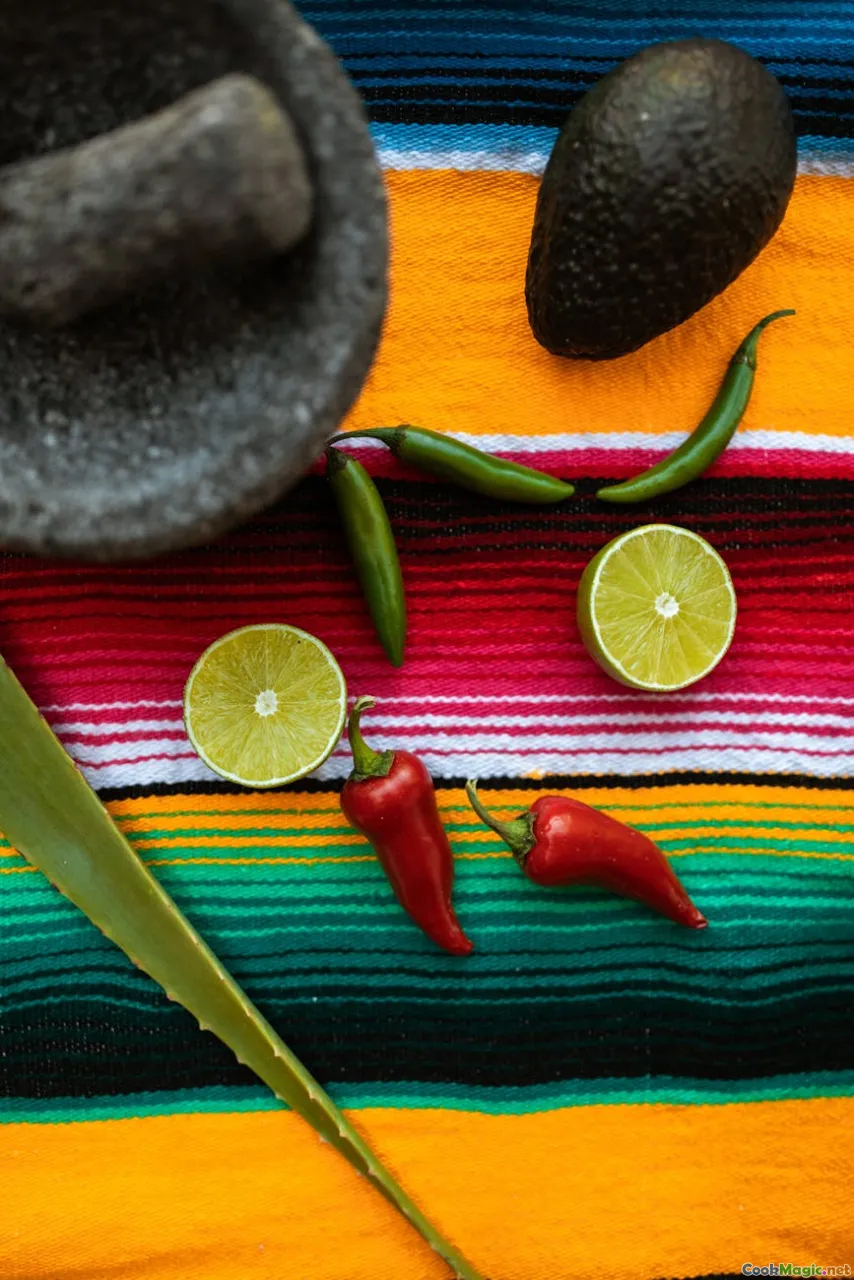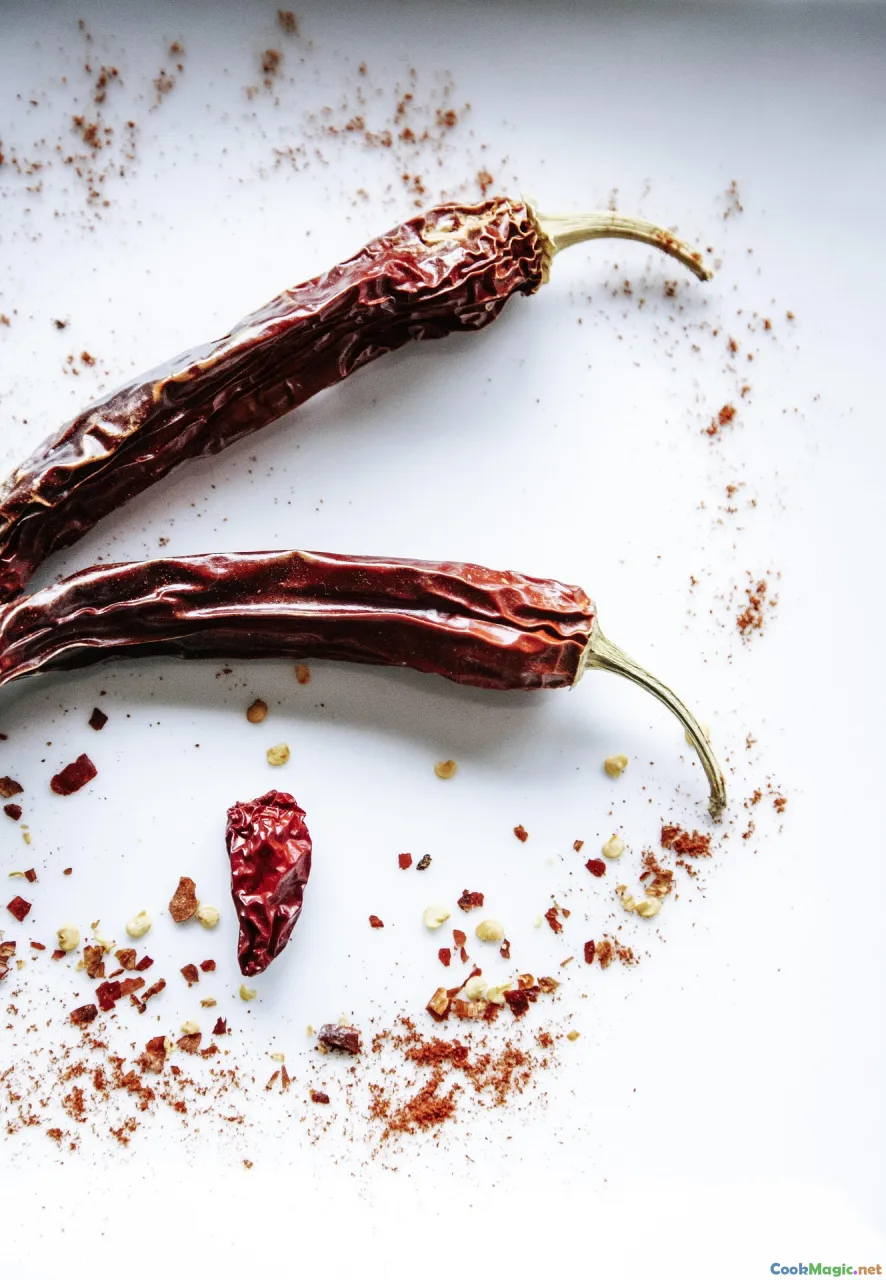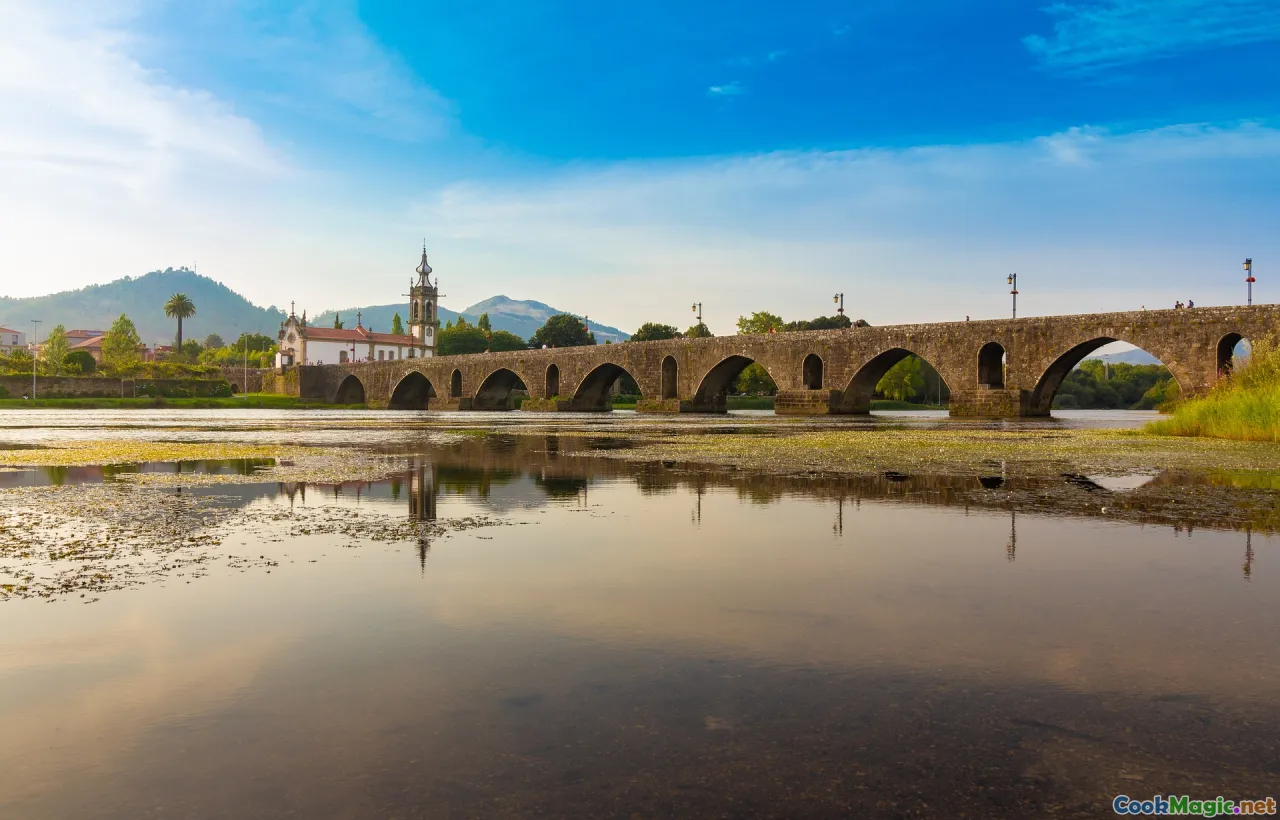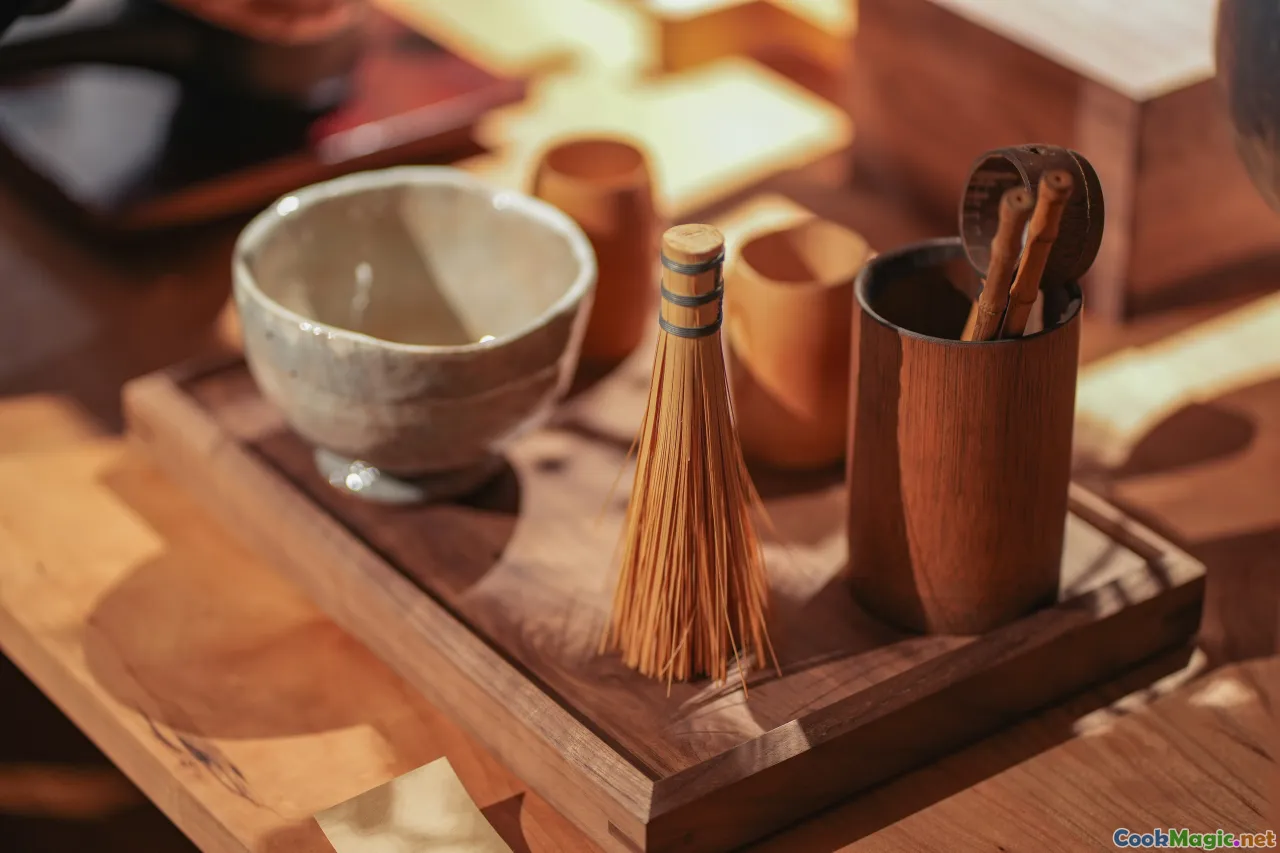Unveiling the Ancestral Flavors of Mayan Cuisine
9 min read Explore the rich, ancient flavors of Mayan cuisine, uncovering traditional recipes and culinary secrets rooted in Central American history. July 24, 2025 00:05
Unveiling the Ancestral Flavors of Mayan Cuisine
Imagine wandering through the vibrant markets of the Yucatán Peninsula, where the air hums with the aroma of smoky chilis, freshly ground masa, and tangy citrus. There’s a visceral connection to the past here, an inviting portal to centuries-old traditions that have shaped the gastronomy of the Maya people. Mayan cuisine isn’t just about food; it’s a living tapestry woven with history, spirit, and family legacy. Today, we embark on a culinary journey to explore these ancestral flavors—rich, complex, and profoundly rooted in cultural identity.
The Heartbeat of Mayan Food: Ancestral Ingredients and Age-Old Techniques

Unlike contemporary diets, traditional Mayan cuisine relies heavily on local, indigenous ingredients—many still cultivated in ancestral ways. Corn, or maíz, isn’t merely a staple but a sacred gift revered as a divine seed, central to rituals and daily life. It’s transformed through centuries-old nixtamalization—soaking maize in lime water—yielding tender masa that forms the base of tortillas, tamales, and tlacoyos.
Cacao, native to the region, was once more precious than gold, used in ceremonial drinks that symbolized unity and spirituality. The fiery flavor of chili peppers—especially the aromatic pimiento and habanero—adds depth, heat, and complexity to every bite.
Another secret ingredient is annatto (achiote), which imparts a vibrant orange hue and earthy aroma to stews like pibil. It’s combined with herbs such as oregano de Sierra, mint, and coriander to create intricate flavor profiles that awaken the senses.
Ancient cooking techniques like pib—underground earth oven roasting—and xic —a slow, smoky braising method—have been passed down through generations, sealing in natural flavors while developing a rustic, soulful character.
Signature Dishes: Transcending Time and Culture

While contemporary culinary scenes may have adapted Mayan flavors, the authentic dishes tell centuries-old stories.
Cochinita Pibil
Vividly colored and bursting with flavor, cochinita pibil is the crown jewel of Mayan cuisine. Marinated in achiote paste, citrus juice, and spices, a whole pig is slow-roasted in an underground pit until the meat is tender enough to fall apart at a touch. Its smoky essence, coupled with the tang of pickled red onions, creates a sensory harmony that’s both hearty and refined.
Sopa de Lima
A refreshing, tangy soup originating from the lush Yucatán jungle, sopa de lima features shredded chicken swimming in a clear broth infused with lime juice and aromatic herbs. Served with crispy tortilla strips, it’s both invigorating and comforting—a true embodiment of Mayan resourcefulness.
Poc Chuc and Other Grilled Delights
Poc chuc showcases marinated pork, grilled over open flames with a citrusy marinade that imparts a smoky, citrus blossom aroma. Accompanied by pickled vegetables and fresh tortillas, it’s a celebration of simple ingredients elevated through technique and tradition.
Tamales and Empanadas
Made from masa filled with meats, vegetables, or chilies, these handheld treats are wrapped in banana leaves or corn husks, then steamed—preserving centuries-old methods. They’re often shared during communal festivities, symbolizing unity and continuity.
Cultural Significance: Living Heritage on a Plate

Every dish is woven into the cultural fabric of Mayan society. Food rituals aren’t merely about nourishment but serve as ceremonial acts that honor ancestors and invoke community bonds.
In Mayan tradition, the sacred calendar influences what is cooked and eaten during specific festivals—corn, for example, is celebrated during Hastening of Corn ceremonies, symbolizing fertility and abundance. During Hanal Pixán (the day of the dead), offerings—called ofrendas—feature pronounced displays of tamales, chiles, and cacao, emphasizing ancestral respect.
In local markets like Xpujil or Maní, vendors sell traditional ingredients—dried chilis, freshly ground spices, and heirloom beans—that have remained unchanged for generations. The act of cooking is often a communal affair, passing skills and stories from elders to youth, a living link to the ancestral past.
Personal Reflections and Immersive Experiences
One of the most profound ways to truly understand Mayan cuisine is by participating firsthand. I recall a journey to some remote Yucatán villages where families welcomed us into their humble kitchens. Under the shade of ceiba trees, they explained the significance of every step: soaking maize in cal (lime water), grinding it with mano y metate, and tending to open fire pits.
In these moments, the smell of roasted pibil mixed with the earthy aroma of herbs, and I understood that every ingredient and technique carried centuries of spiritual meaning and communal pride.
During such encounters, I learned that the preparation of traditional dishes isn’t just culinary—it’s a form of storytelling, a preservation of their identity, a living homage to ancestors who believed that food was harmony and spirit intertwined.
Tips for Recreating Mayan Flavors at Home

While many Mayan ingredients and techniques are best experienced onsite, you can bring a piece of this heritage into your own kitchen:
- Utilize authentic ingredients: Seek out achiote paste, dried chilis, and fresh lime and herbs.
- Master nixtamalization: Soaking and cooking dried corn with lime not only elevates flavor but connects you directly to centuries-old practices.
- Experiment with slow-roasting: Even a traditional oven can imitate an underground pib by slow-cooking marinated meats.
- Incorporate citrus and spices: These are vital in recreating the signature Mayan flavor profiles.
- Share and celebrate: Cooking traditional dishes becomes meaningful when shared with loved ones, encouraging cultural exchange and appreciation.
The Enduring Spirit of Mayan Cuisine
Stepping into the world of Mayan gastronomy reveals more than just flavors—it unveils a profound connection to land, history, and spirituality. These recipes and methods tell stories etched into time, embodying resilience, community, and reverence for nature’s gifts.
As you savor each bite of tamal, pibil, or lime-infused soup, remember you’re partaking in an ancient dialogue that continues to thrive. Mayan cuisine isn’t frozen in time; it’s a living, breathing testament to a proud heritage that invites us to taste history with every forkful.
By exploring these ancestral flavors, we don’t just indulge our senses—we reconnect with a cultural lineage that has sustained, nurtured, and inspired for generations, inviting us to cherish and preserve this extraordinary gastronomic legacy.









